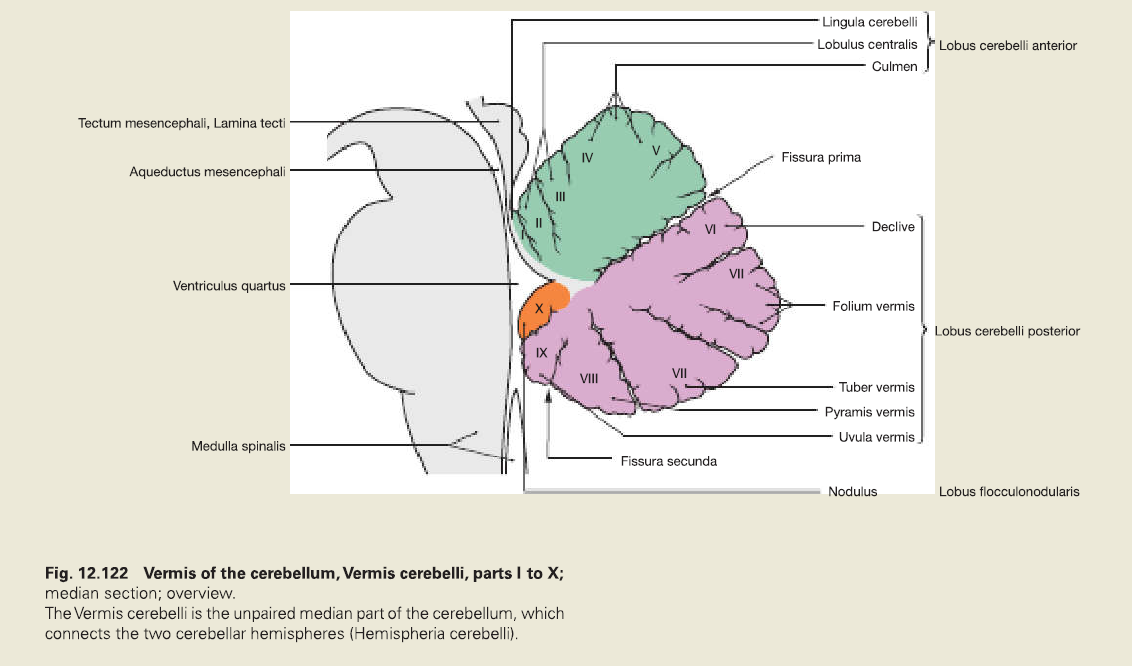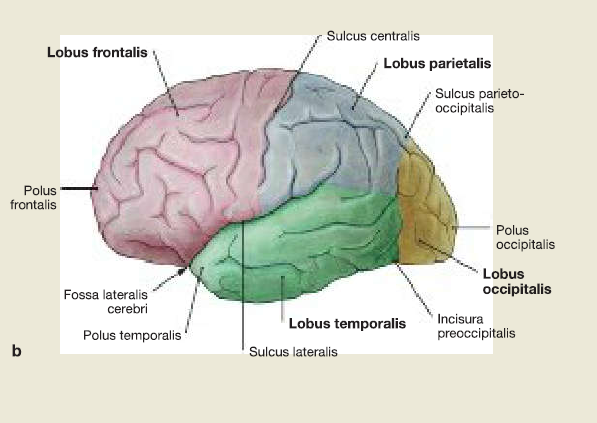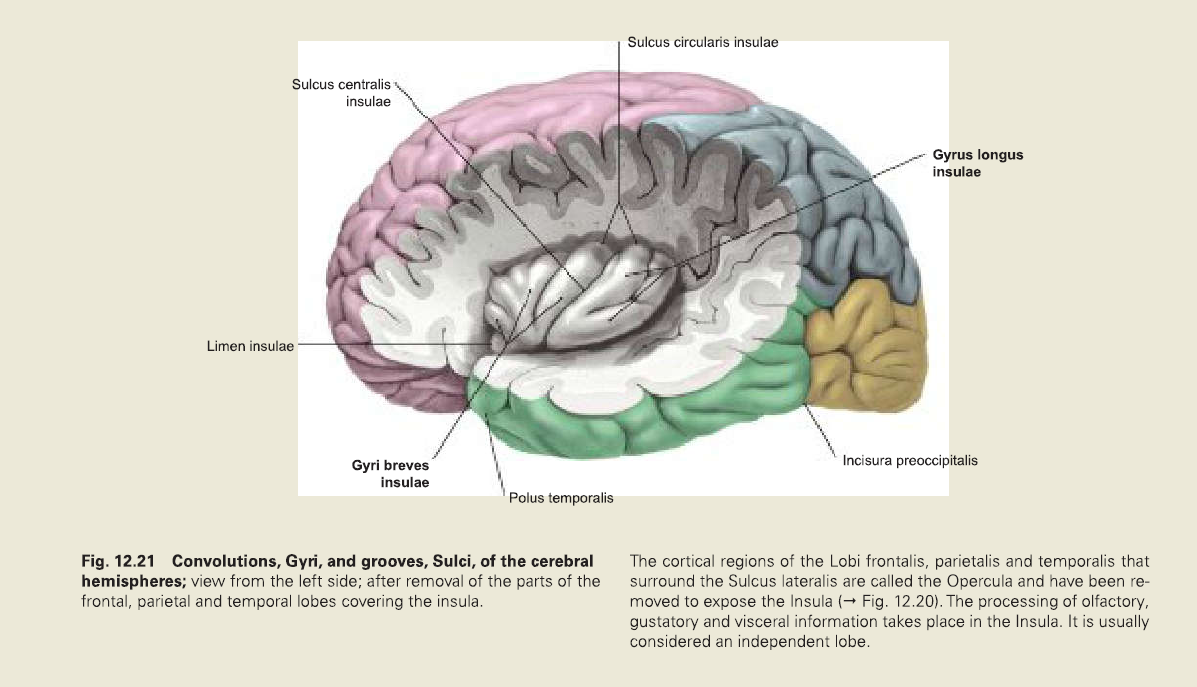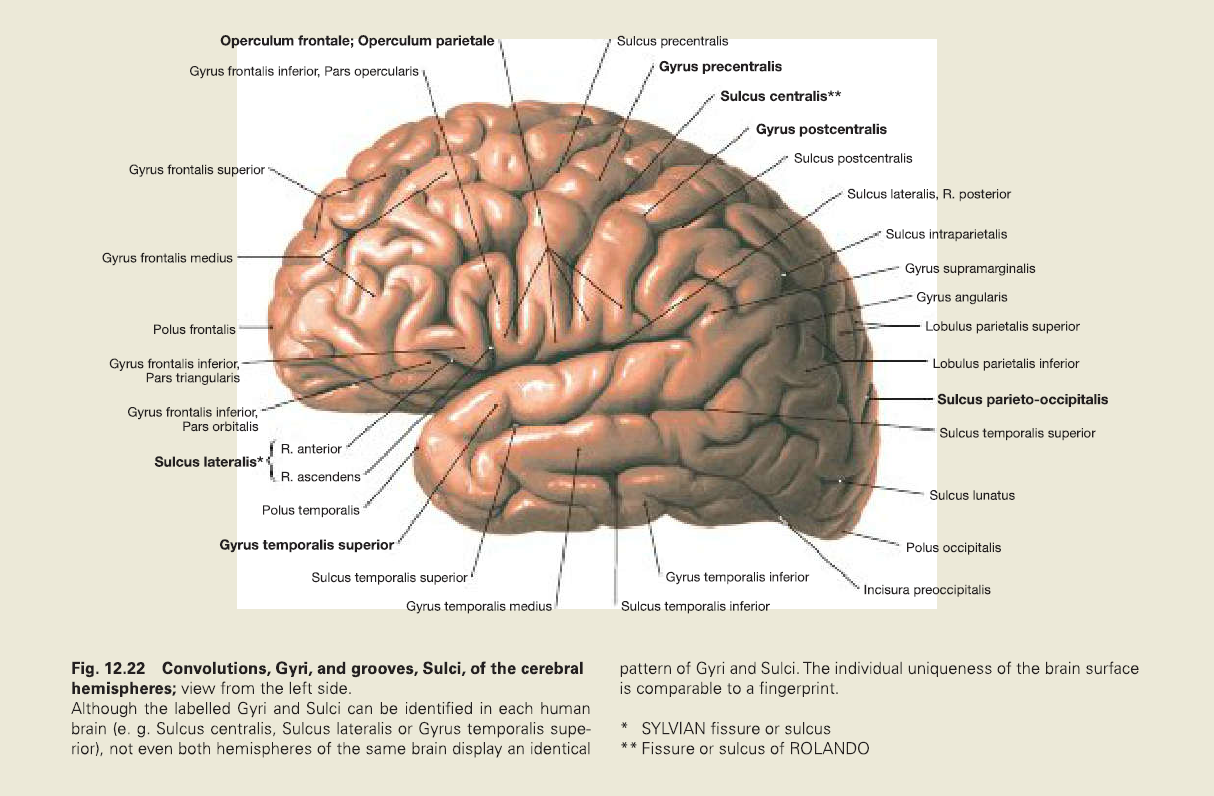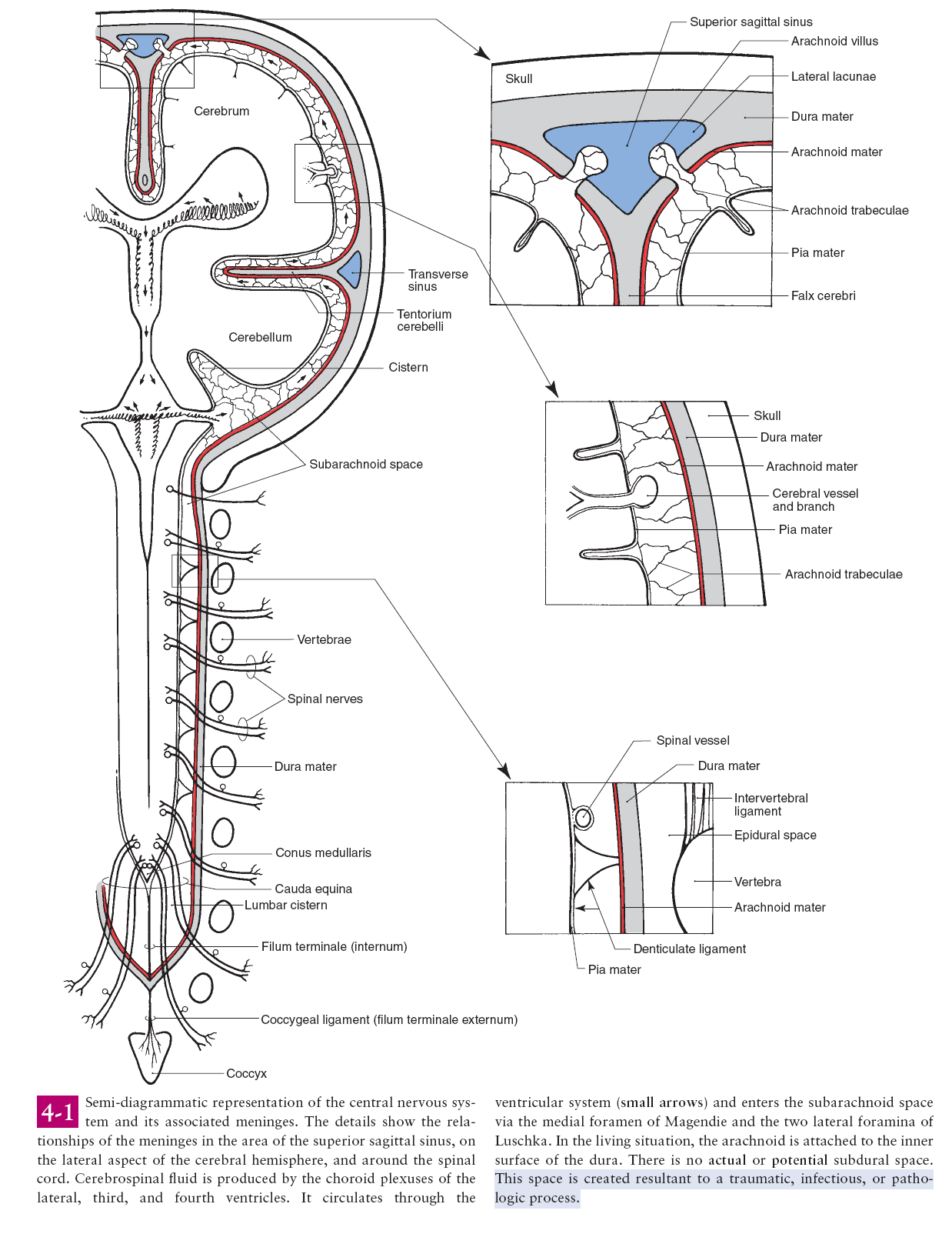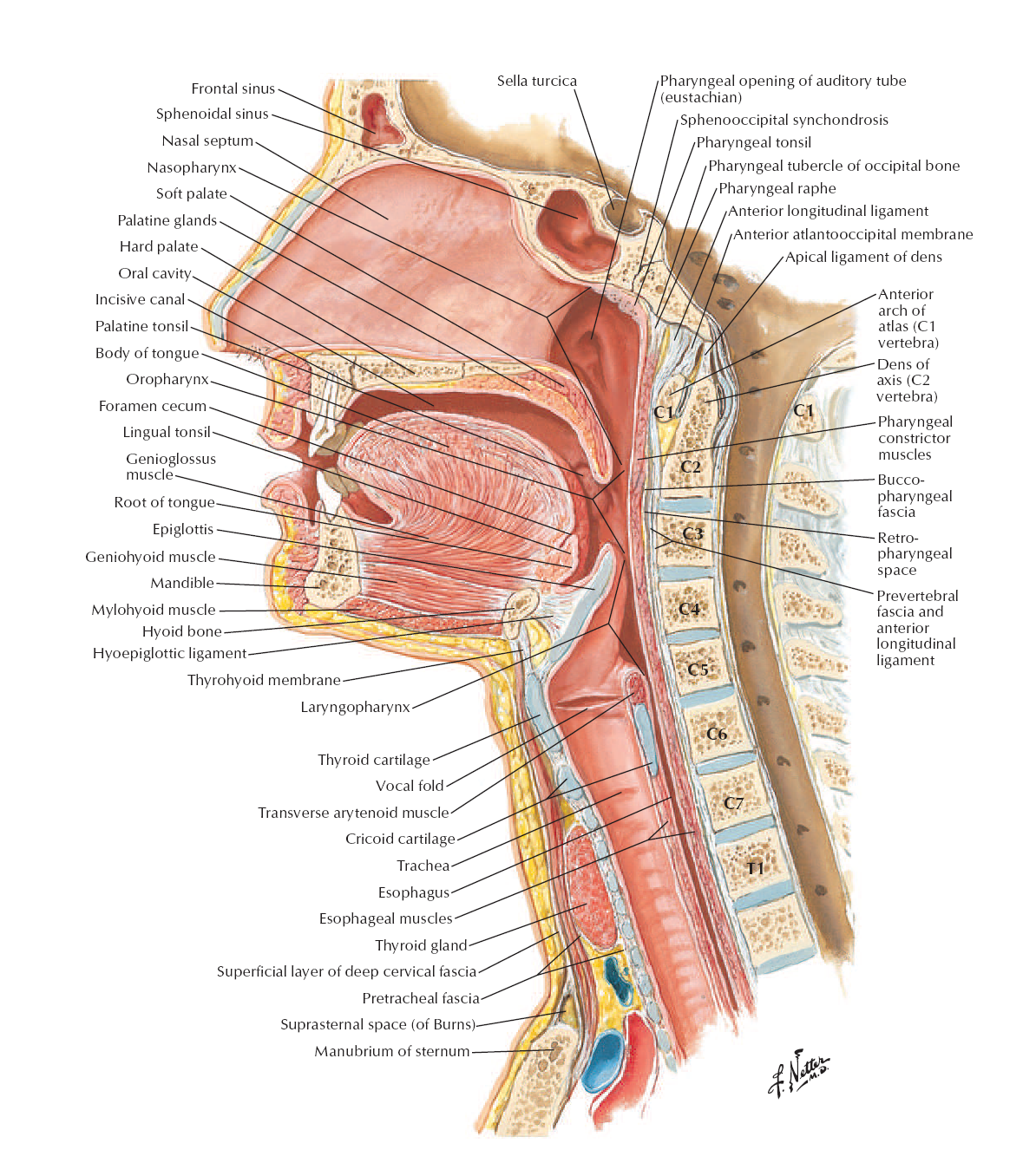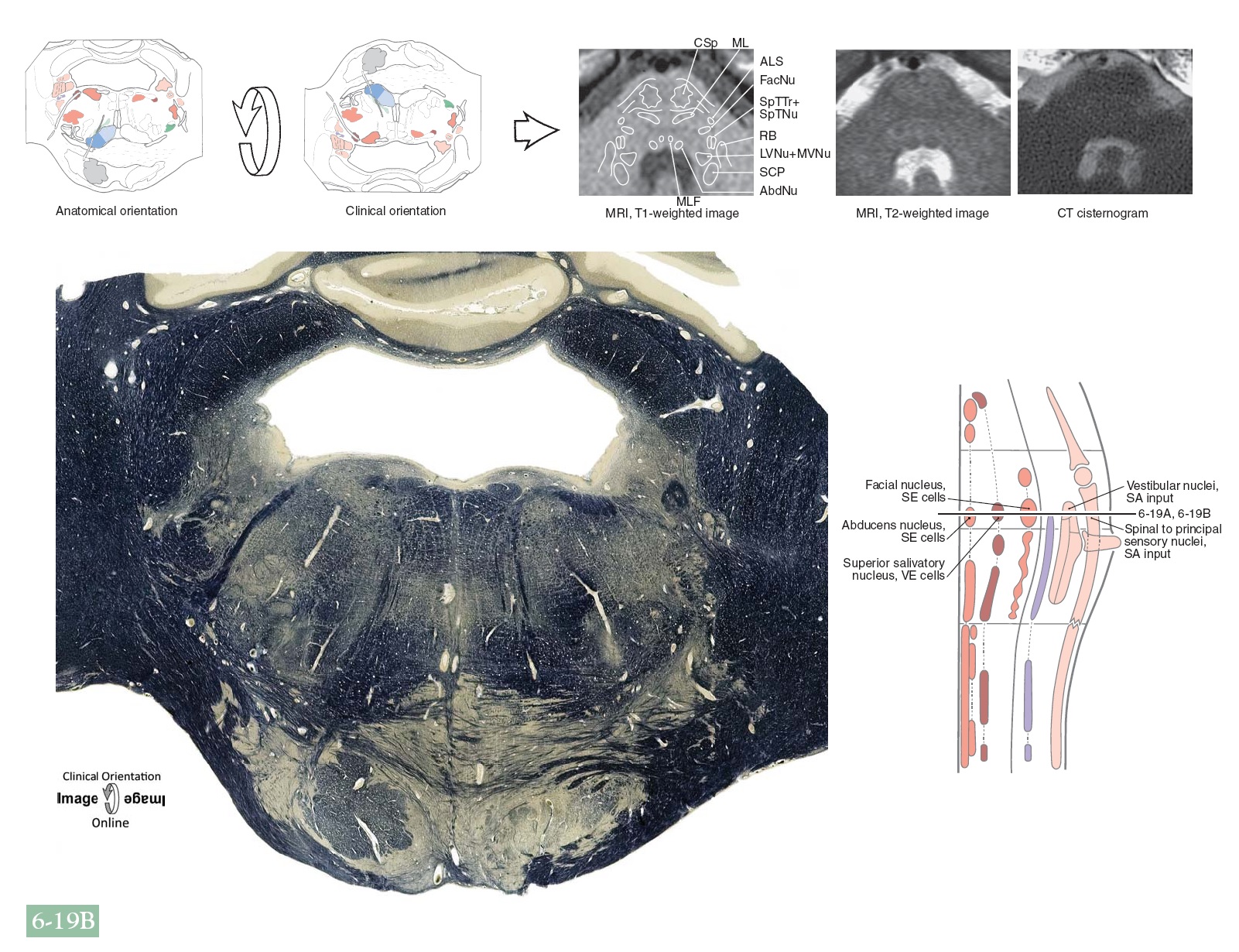SPLEEN
The fetal spleen is lobulated, and these lobules normally disappear before the birth. Lobulation of the spleen may persist into adult life and be typically seen along the medial part of the spleen. A persisting lobule results in a variation in shape of the spleen.
TONGUE WITH LARYNX OESOPHAGUS TRACHEA
The larynx (voice box) is an organ located in the anterior neck. It is a component of the respiratory tract, and has several important functions, including phonation, the cough reflex, and protection of the lower respiratory tract.
The structure of the larynx is primarily cartilaginous, and is held together by a series of ligaments and membranes. Internally, the laryngeal muscles move components of the larynx for phonation and breathing.
LIVER
The liver is a peritoneal organ positioned in the right upper quadrant of the abdomen. It is the largest visceral structure in the abdominal cavity, and the largest gland in the human body.
An accessory digestion gland, the liver performs a wide range of functions, such as synthesis of bile, glycogen storage and clotting factor production.
In this article, we shall look at the anatomy of the liver – its position, structure, and neurovascular supply.
SAGGITAL SECTION OF TIBIA BONE
The tibia is the main bone of the lower leg, forming what is more commonly known as the shin.
It expands at its proximal and distal ends; articulating at the knee and ankle joints respectively. The tibia is the second largest bone in the body and it is a key weight-bearing structure.
In this article, we shall look at anatomy of the tibia – its bony landmarks, articulations and clinical correlations.
By Anatomography [CC-BY-SA-2.1-jp], via Wikimedia Commons
RECTUS FEMORIS MUSCLE
The rectus femoris is a muscle in the anterior compartment of the thigh. It forms part of the quadriceps femoris muscle complex, and is the only muscle in this group to cross both the hip joint and the knee joints.

